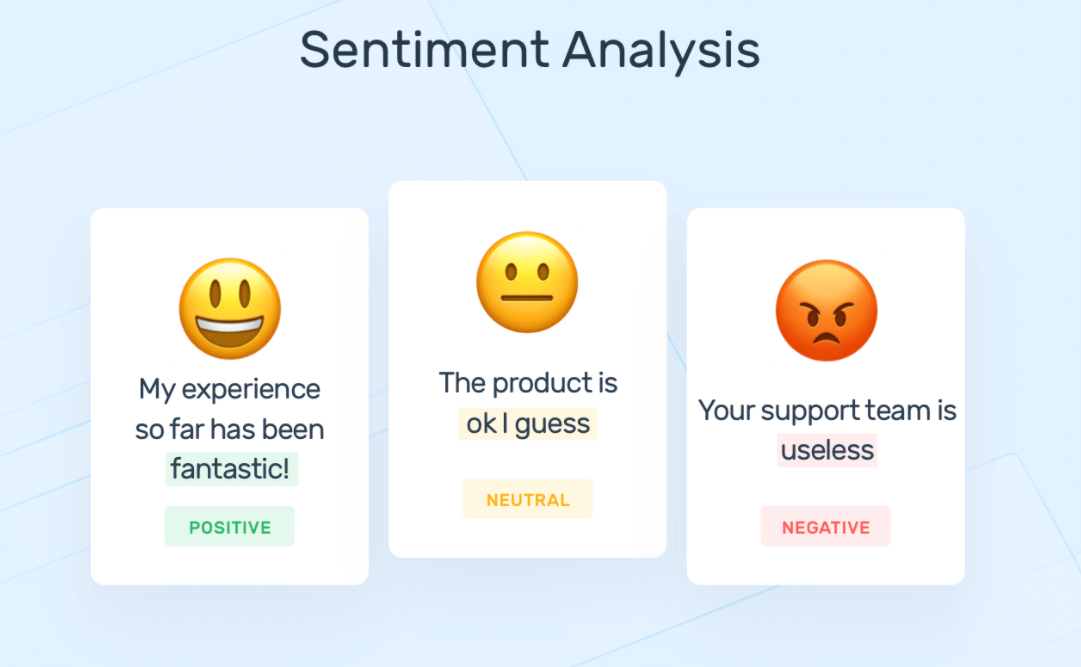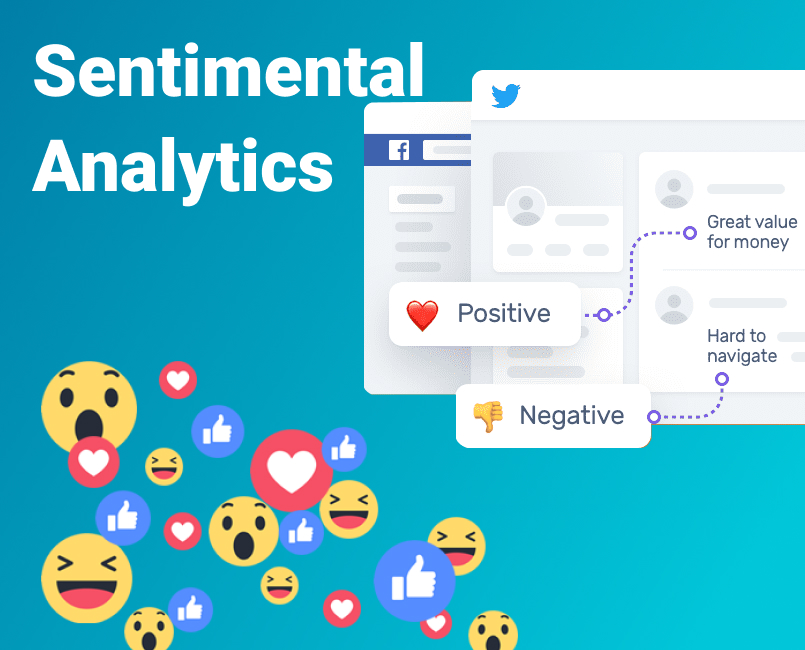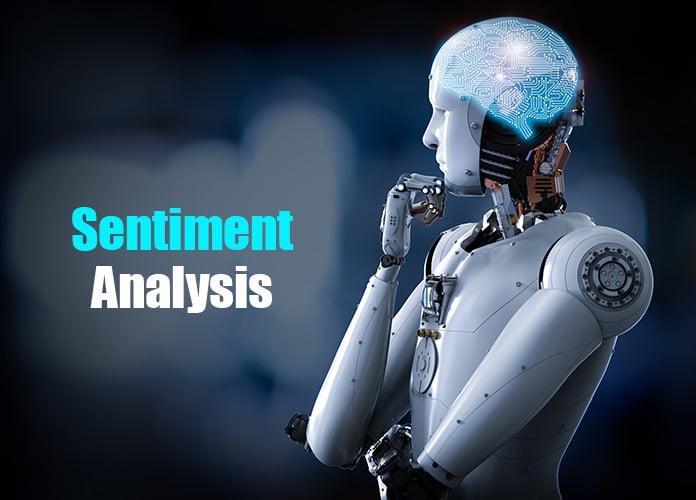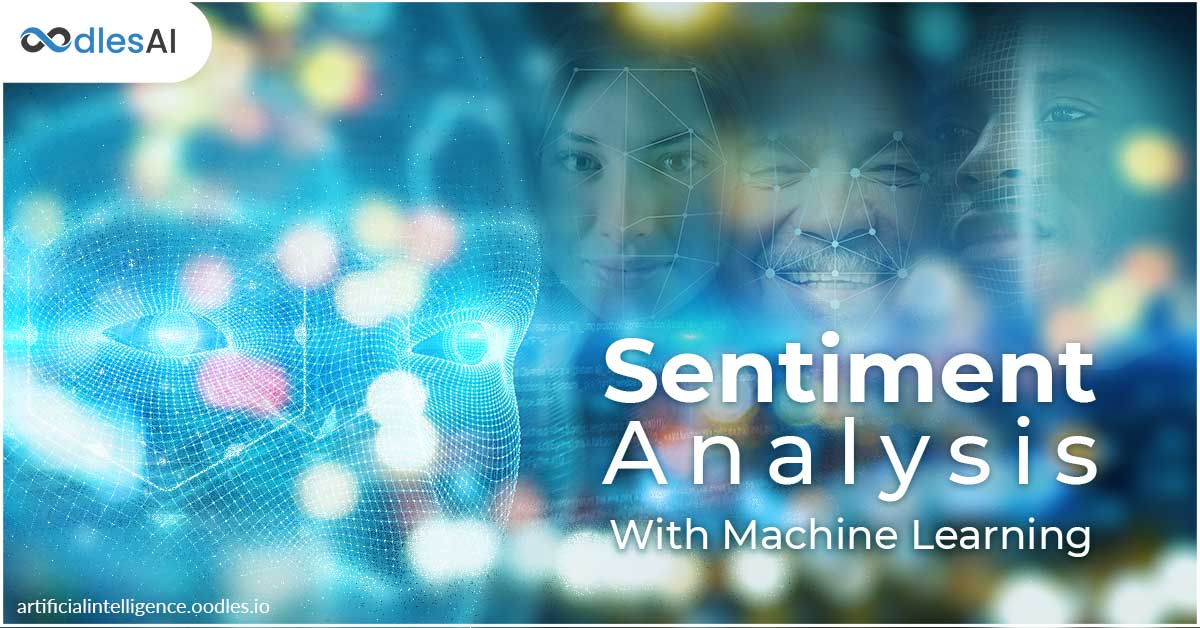
Machine Learning for Sentiment Analysis in Social Media
Social media is a vast and rich source of information, and sentiment analysis is a powerful tool for extracting insights from it. Sentiment analysis is the task of identifying the emotional content of text, and it has been used for a wide variety of applications, such as customer service, marketing, and political analysis.
In recent years, machine learning has become the dominant approach to sentiment analysis. Machine learning algorithms can be trained to learn the relationships between words and their associated sentiments, and they can then be used to classify new text into positive or negative categories.

This article will provide an overview of machine learning for sentiment analysis in social media. We will discuss the different types of machine learning algorithms that can be used for this task, the challenges involved in training and evaluating these algorithms, and the applications of sentiment analysis in social media.
Types of Machine Learning Algorithms for Sentiment Analysis
There are a wide variety of machine learning algorithms that can be used for sentiment analysis. The most common approach is to use a supervised learning algorithm, which is trained on a dataset of labeled data. In this case, the data is a collection of text snippets that have been manually labeled as positive or negative. The training algorithm learns the relationship between the words in the text and their associated sentiments, and it can then be used to classify new text into positive or negative categories.

Another approach to sentiment analysis is to use an unsupervised learning algorithm. Unsupervised learning algorithms do not require labeled data, and they can be used to learn the structure of the data without any prior knowledge. This can be a useful approach when there is a limited amount of labeled data available.
Some of the most common machine learning algorithms for sentiment analysis include:
- Naive Bayes classifiers are a simple but effective type of supervised learning algorithm. Naive Bayes classifiers work by assuming that the words in a text are independent of each other. This allows the algorithm to learn the probability of a text being positive or negative based on the frequency of individual words.
- Support vector machines (SVMs) are a powerful type of supervised learning algorithm. SVMs work by finding a hyperplane in the feature space that separates the positive and negative examples. The position of the hyperplane is determined by the training data, and it can be used to classify new text into positive or negative categories.
- Neural networks are a type of deep learning algorithm that can be used for both supervised and unsupervised learning. Neural networks are able to learn complex relationships between the features in the data, and they can achieve state-of-the-art results on sentiment analysis tasks.

Challenges in Machine Learning for Sentiment Analysis
There are a number of challenges involved in machine learning for sentiment analysis. One challenge is the fact that sentiment is often expressed in a subtle and nuanced way. For example, a text may contain positive words but still have a negative sentiment if it is talking about a negative topic. Another challenge is the fact that sentiment can vary depending on the context. For example, the word "love" can have a positive or negative sentiment depending on the context in which it is used.
Finally, machine learning algorithms for sentiment analysis can be biased. This can happen if the training data is not representative of the population of texts that the algorithm will be used to classify. For example, a training dataset that is biased towards positive texts will produce an algorithm that is more likely to classify new texts as positive, even if they are actually negative.

Applications of Sentiment Analysis in Social Media
Sentiment analysis has a wide range of applications in social media. Some of the most common applications include:
- Customer service: Sentiment analysis can be used to track customer sentiment on social media and identify areas where there is room for improvement. This information can be used to improve customer service and create a more positive experience for customers.
- Marketing: Sentiment analysis can be used to track brand sentiment on social media and identify opportunities to reach out to customers and build relationships. This information can be used to develop marketing campaigns that are more likely to resonate with customers.
- Political analysis: Sentiment analysis can be used to track public opinion on political issues and candidates. This information can be used to inform political strategy and develop messages that are more likely to resonate with voters.
- News media: Sentiment analysis can be used to track public opinion on news stories and identify topics that are of interest to readers. This information can be used to develop news stories that are more likely to attract attention and generate readership.

Conclusion
Machine learning for sentiment analysis is a powerful tool that can be used to extract insights from social media data. By understanding the different types of machine learning algorithms and the challenges involved in this task, you can use sentiment analysis to improve your business and make better decisions.
References

- [Sentiment Analysis](https://en.wikipedia.
Post a Comment